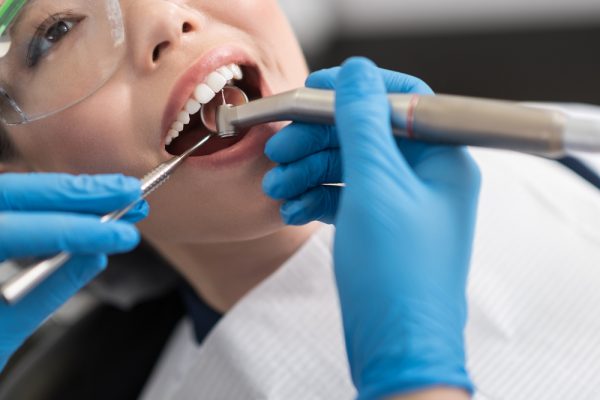Supplemental procedures refer to additional steps that may be necessary to prepare the mouth for the placement of dental implants. These procedures are designed to address specific issues that can affect the success of the implant placement, such as insufficient jawbone density, issues with the gums, or other factors that may impact the stability and longevity of the implant. Some common examples of supplemental procedures include bone grafting, sinus lifts, and ridge augmentation.
In some cases, dental implants may not be the best tooth replacement. See how dental implants compare to other tooth replacement options and learn what may be best for you.
Please note that supplemental procedures are not always necessary, and the need for them will be determined on a case-by-case basis by your oral surgeon or periodontist. The risks, benefits, and healing times of each procedure must be discussed before implant placement.

Bone Grafting
A bone grafting procedure is used when there’s not enough healthy jawbone present to support the implant post. During bone graft surgery, a small amount of bone is removed from another part of the body, such as the hip or the tibia, and placed in the jawbone to restore its strength. Patients can expect several months of healing after a bone grafting procedure.
Sinus Lift
Sinus lifts are typically necessary when the upper jaw has too little bone height or the sinuses are too close to the jaw for traditional implant placement. The sinus membrane is lifted during this procedure, and bone is added to the upper jaw to provide support for the implant.
Ridge Augmentation
Ridge augmentation is used to improve the chances of successful implant placement. When the jawbone has been resorbed, or worn away, leaving a narrow or uneven ridge in the jaw, ridge augmentation may be necessary. During ridge augmentation, bone is added to the jaw to build up the ridge and create a stable foundation for the implant.
Frequently Asked Questions
Healing time can vary depending on the specific procedure, but bone grafting and sinus lifts can take several months to heal before a dental implant treatment can begin.
No, supplemental procedures aren’t always necessary. Whether a supplemental procedure is required before dental implant treatment depends on the individual case. Some medical conditions may not require a supplemental procedure, while others may require one to achieve the desired implant results.
Whether insurance will cover the cost of a supplemental procedure depends on your insurance plan. Some insurance plans may cover the costs, while others may only partially cover it or not cover it at all. It’s best to check with your insurance provider for specific information about coverage for a particular supplemental procedure. It’s also a good idea to carefully review your insurance policy and understand any deductibles, copays, and other costs you may be responsible for.
Get Dental Implant Ready With Supplemental Procedures
Dental implant supplemental procedures are additional steps that may be necessary to prepare the mouth for the placement of dental implants. Learn more about supplemental procedures or dental implants with our Farmington dentists. Contact our dental office today to schedule your appointment.
